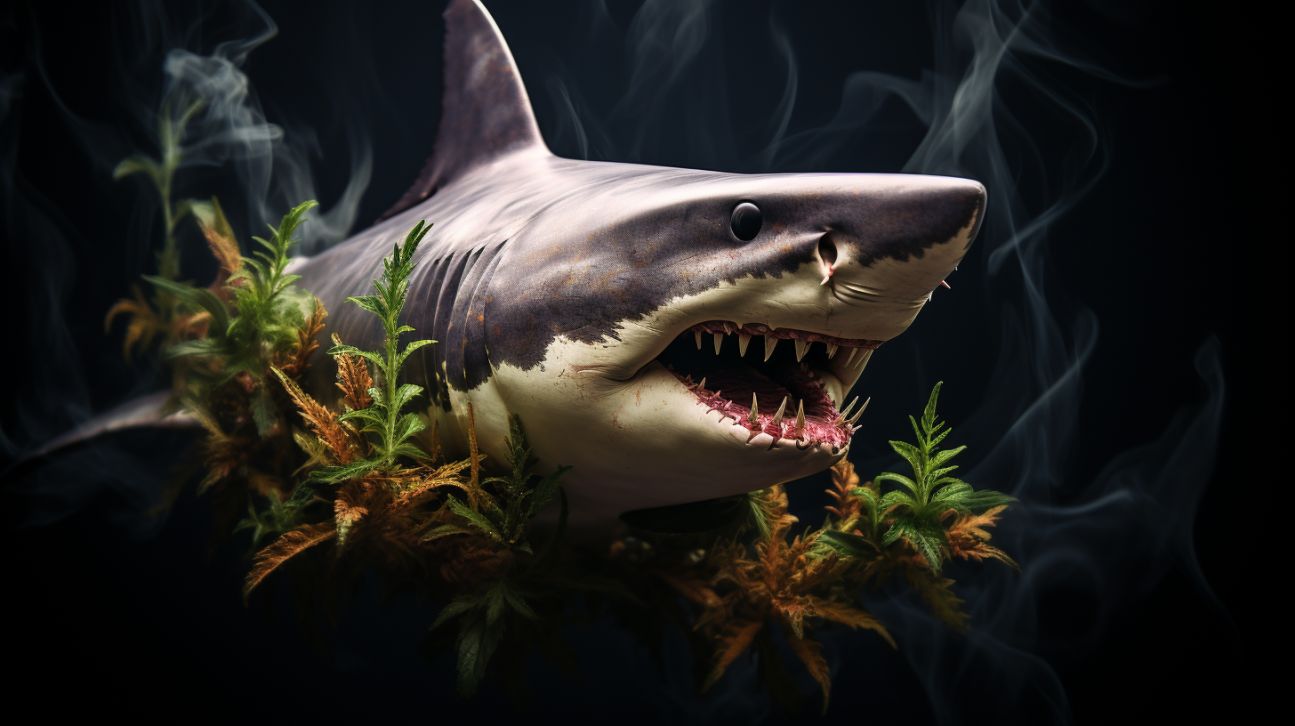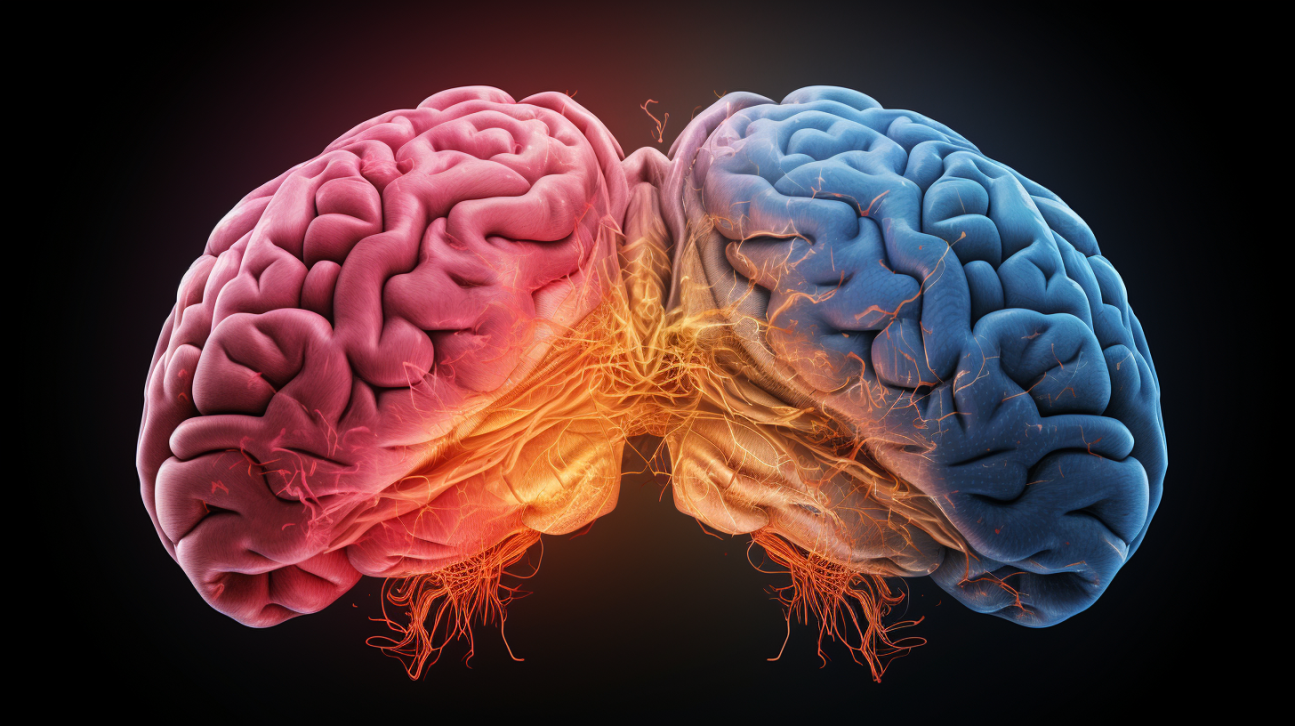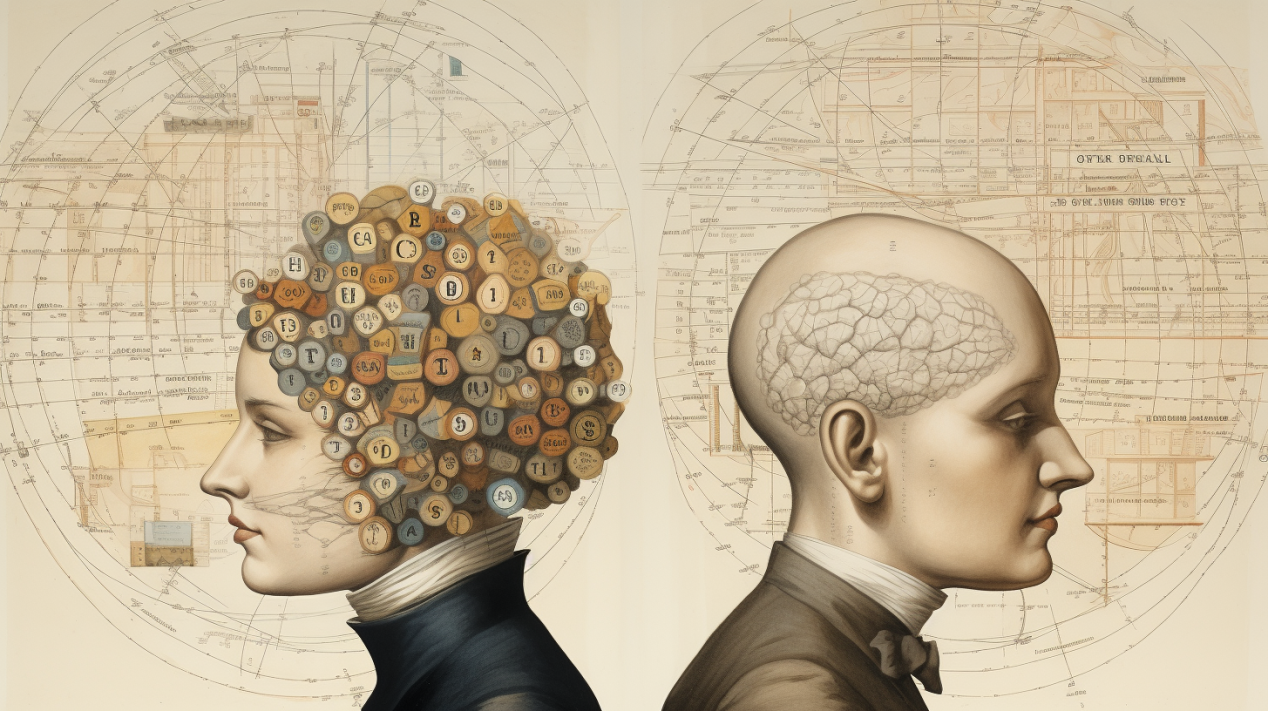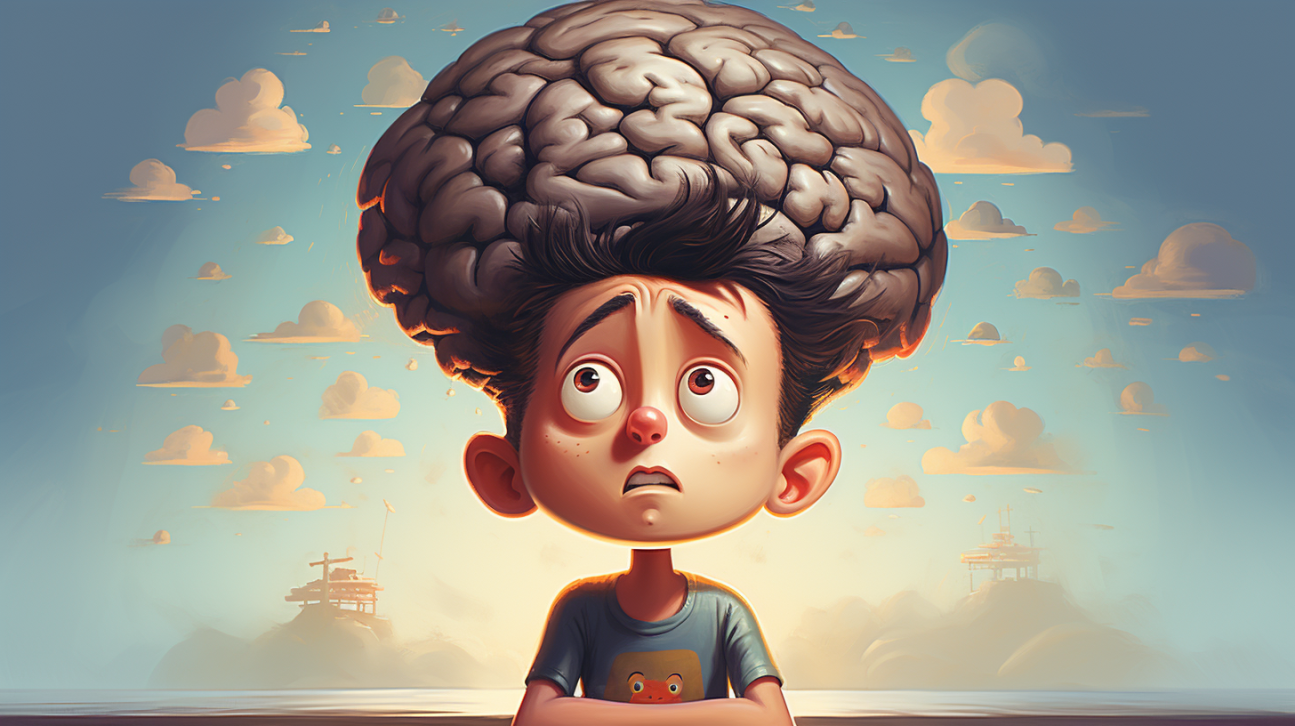Albert Einstein’s Brain Connectivity: Corpus Callosum Significantly Thicker Than Average
Albert Einstein’s extraordinary intelligence and genius have long intrigued scientists. Now, new analysis of photographs of Einstein’s brain reveals enhanced connections between the two hemispheres, providing clues into the neurological basis for his remarkable abilities. Key Facts: Researchers analyzed high-resolution photos of Einstein’s corpus callosum, the band of fibers connecting the brain’s hemispheres, and compared …










